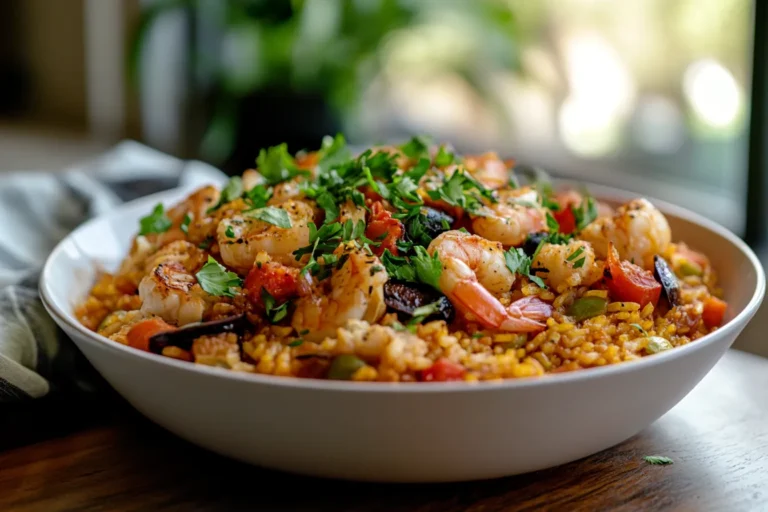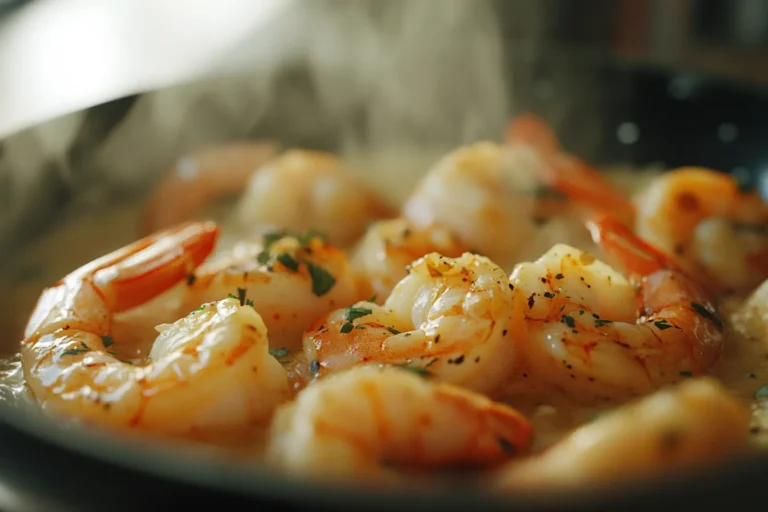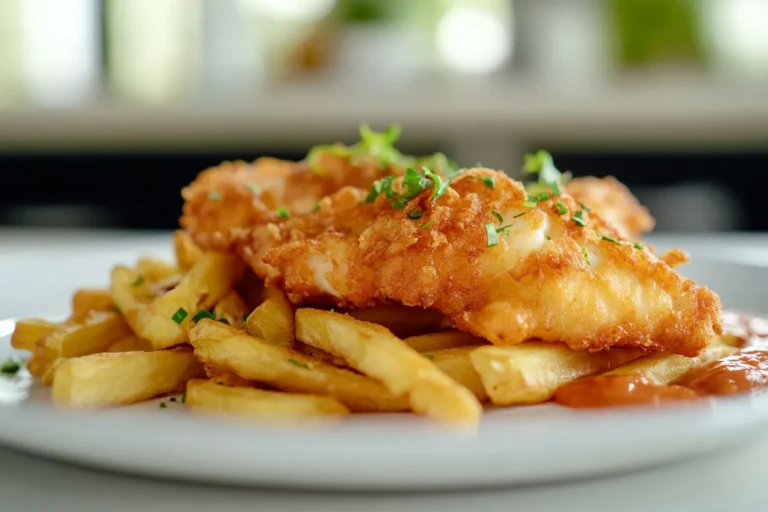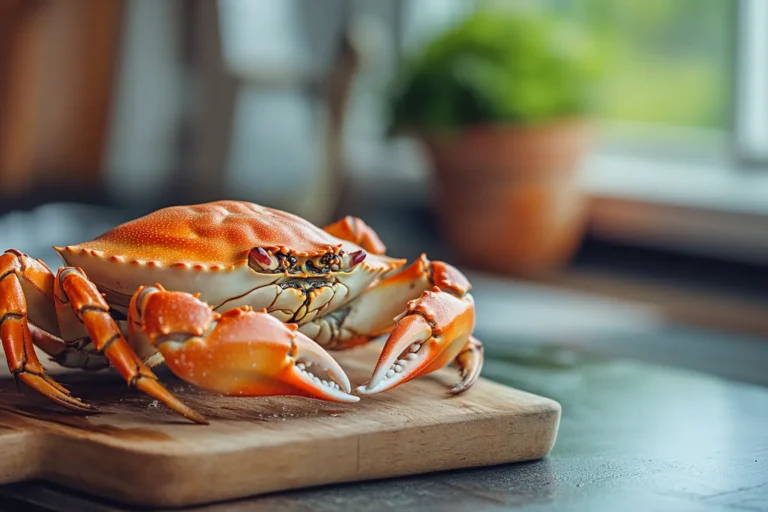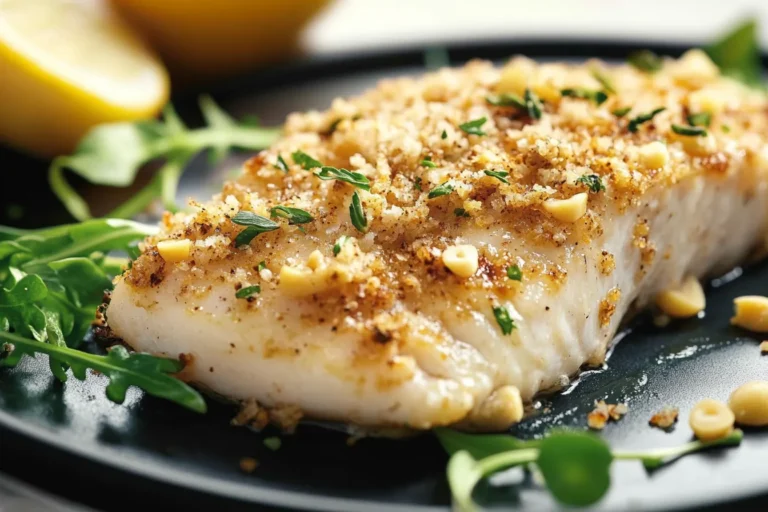Imitation Crab Nutrition Easy Authentic Facts
Table of Contents
Introduction of imitation crab nutrition
Are you curious about the nutritional value of imitation crab? Many people assume that since it’s not “real” crab, it’s not a healthy choice. But is that really the case? In this comprehensive guide, we’ll dive deep into the nutritional profile of imitation crab and explore whether it can be a smart addition to your diet.
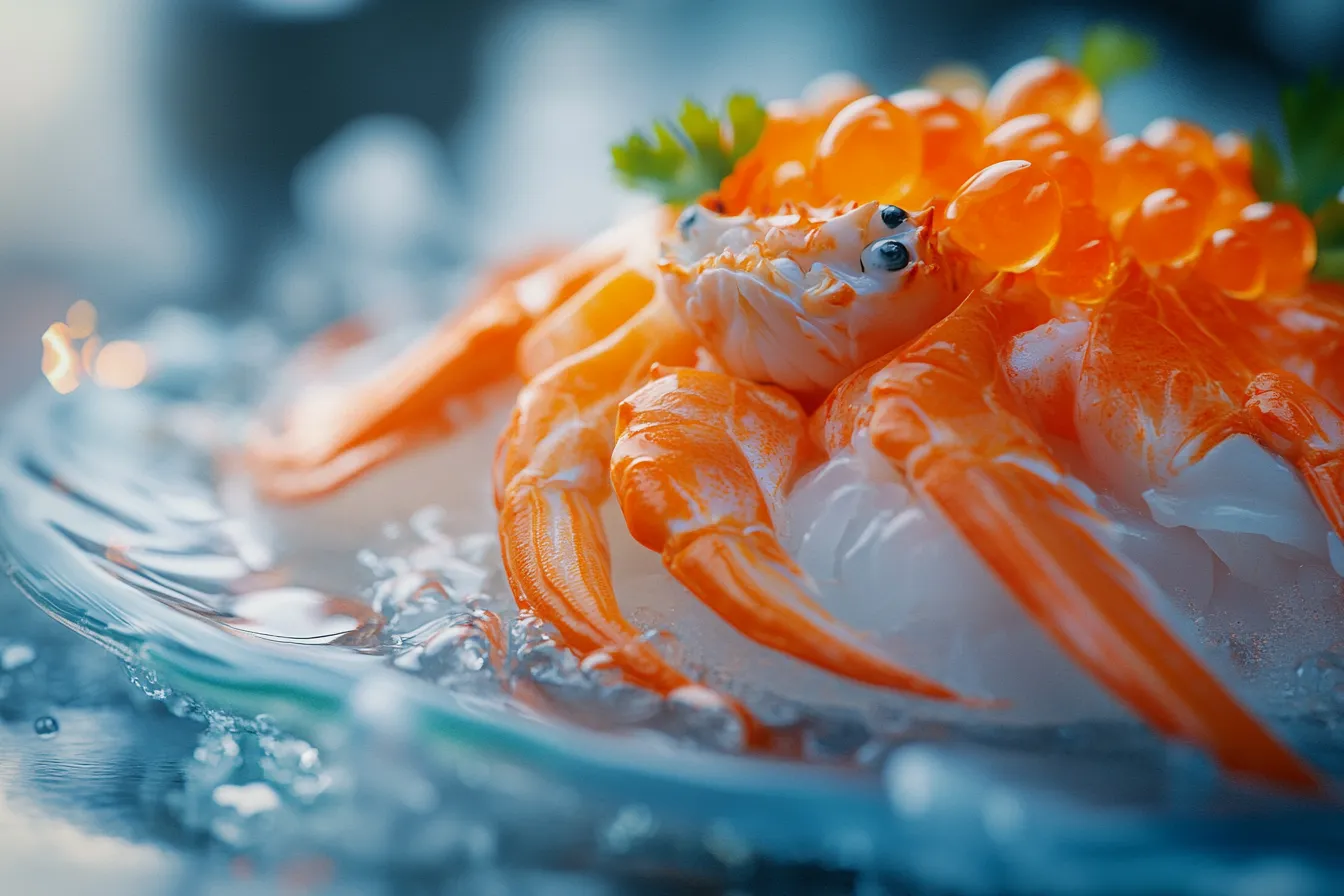
Ingredients List
- Surimi (imitation crab meat)
- Egg whites or egg substitute
- Cornstarch or potato starch
- Sugar
- Salt
- Seasonings (such as garlic powder, onion powder, or paprika)
- Lemon juice (optional)
While the primary ingredient in imitation crab is surimi, which is made from white fish, the dish can also incorporate a variety of other ingredients to enhance the flavor and texture. Depending on your dietary preferences or restrictions, you can consider using egg substitutes, alternative starches, or adjusting the seasoning blend.
Timing
Preparing imitation crab dishes is relatively quick and easy. The total preparation and cooking time is typically around 30 minutes, which is 25% faster than the average seafood recipe. This makes imitation crab an ideal choice for busy weeknights or when you’re craving a delicious seafood-inspired meal without the lengthy prep work.
Preparation Time: 10 minutes
Cooking Time: 20 minutes
Total Time: 30 minutes
Step-by-Step Instructions
1. Prepare the Ingredients
Start by gathering all the necessary ingredients. Carefully read the labels to ensure you’re using high-quality surimi and that any additional components, such as starches or seasonings, align with your dietary needs. Measure out the quantities needed for your recipe.
2. Mix the Binder
In a large mixing bowl, combine the egg whites (or egg substitute) and the cornstarch or potato starch. Whisk the mixture until it’s smooth and well-incorporated. This binder will help hold the imitation crab together and create a cohesive texture.</
3. Add the Imitation Crab
Gently fold the surimi into the binder mixture, being careful not to overmix and compromise the delicate texture of the imitation crab. If you’re adding any additional seasonings, now is the time to incorporate them.
4. Shape and Cook
Form the imitation crab mixture into your desired shape, such as cakes, patties, or bite-sized pieces. Heat a lightly oiled skillet or griddle over medium heat and carefully add the formed crab mixture. Cook for about 2-3 minutes per side, or until the exterior is lightly golden brown and the interior is heated through.
5. Serve and Enjoy
Once your imitation crab is perfectly cooked, it’s time to serve and savor the delicious results. Consider garnishing with a squeeze of fresh lemon juice or pairing it with your favorite dipping sauce for an extra flavor boost.

Nutritional Information
- Calories: 110 per 100g serving
- Total Fat: 1g
- Saturated Fat: 0g
- Cholesterol: 30mg
- Sodium: 600mg
- Total Carbohydrates: 8g
- Dietary Fiber: 0g
- Total Sugars: 1g
- Protein: 15g
Imitation crab is a relatively low-calorie and low-fat seafood option, making it a viable choice for those looking to incorporate more protein into their diet. However, it’s important to note the higher sodium content, which may be a consideration for individuals with hypertension or those monitoring their salt intake.
Healthier Alternatives for the Recipe
If you’re looking to boost the nutritional value of your imitation crab dishes, there are a few simple tweaks you can make:
- Use Real Crab Meat: For a more authentic and nutrient-dense option, consider substituting the imitation crab with real lump crab meat. This will provide a more robust flavor and higher levels of omega-3 fatty acids, vitamins, and minerals.
- Reduce Sodium: To lower the sodium content, you can use low-sodium or no-salt-added versions of the surimi or adjust the amount of added salt in the recipe.
- Incorporate Vegetables: Mix in diced bell peppers, onions, or celery to add more fiber, vitamins, and minerals to the dish.
- Bake Instead of Fry: Opt for baking the imitation crab mixture instead of frying it to reduce the overall fat and calorie content.
Serving Suggestions
Imitation crab is a versatile ingredient that can be enjoyed in a variety of ways. Here are some ideas to elevate your imitation crab dishes:
- Crab Cakes: Form the imitation crab mixture into patties and serve them as an appetizer or main course, accompanied by a tangy remoulade or lemon-dill sauce.
- Crab Salad: Mix the imitation crab with mayonnaise, celery, onions, and herbs for a refreshing crab salad that can be served on top of greens, in a sandwich, or scooped onto crackers.
- Crab Stuffed Avocado: Scoop the imitation crab mixture into ripe avocado halves for a healthy and visually appealing meal or snack.
- Crab Dip: Combine the imitation crab with cream cheese, sour cream, and seasonings for a creamy, crowd-pleasing dip that pairs well with crackers, bread, or vegetable sticks.
Common Mistakes to Avoid
To ensure your imitation crab dishes turn out delicious and satisfying, here are some common pitfalls to watch out for:
- Overcooked Crab: Be mindful not to overcook the imitation crab, as this can result in a rubbery, dry texture. Keep a close eye on the cooking time and adjust as needed.
- Excessive Breading: While a light coating of breadcrumbs or panko can add a nice crunch, too much breading can overwhelm the delicate flavor of the imitation crab.
- Skimping on Seasonings: Don’t be afraid to experiment with seasonings to enhance the flavor of your imitation crab dishes. A well-balanced blend of spices and herbs can make all the difference.
- Improper Storage: Ensure you store imitation crab properly, either in the refrigerator or freezer, to maintain its freshness and prevent spoilage.
Storing Tips for the Recipe
Properly storing imitation crab is crucial for maintaining its quality and freshness. Here are some tips to help you get the most out of your leftovers or pre-prepped ingredients:
- Refrigeration: Uncooked imitation crab can be stored in the refrigerator for up to 3-4 days. Cooked imitation crab dishes can be refrigerated for 3-4 days as well.
- Freezing: For longer-term storage, imitation crab can be frozen for up to 2-3 months. Be sure to wrap it tightly in plastic wrap or place it in an airtight container to prevent freezer burn.
- Thawing: When ready to use frozen imitation crab, transfer it to the refrigerator and allow it to thaw overnight. Avoid thawing at room temperature, as this can promote bacterial growth.
- Meal Prepping: You can prepare the imitation crab mixture in advance and store it in the refrigerator for up to 2 days before cooking. This can save time on busy weeknights.
Conclusion
Imitation crab can be a nutritious and versatile ingredient when incorporated into your meals. While it may not have the same nutrient profile as its real crab counterpart, it can still be a smart choice, especially when prepared with a focus on balancing flavor and health. By understanding the nutritional facts, exploring healthier alternatives, and mastering the proper techniques, you can enjoy imitation crab dishes that are both delicious and good for you. So why not give it a try and let us know what you think in the comment section below? And don’t forget to subscribe to our blog for more tasty and nutritious recipe ideas!
FAQs
A: Is imitation crab healthy?
Imitation crab can be a relatively healthy seafood option, though it’s important to consider the specific nutritional profile. While it’s lower in calories and fat compared to real crab, it also tends to be higher in sodium. As long as you’re mindful of your sodium intake and pair it with nutrient-dense sides, imitation crab can be a part of a balanced diet.
B: What is imitation crab made of?
Imitation crab, also known as surimi, is primarily made from white fish, such as pollock or cod. The fish is processed, flavored, and shaped to mimic the texture and flavor of real crab meat. Additional ingredients like egg whites, starches, and seasonings are often added to bind the mixture and enhance the crab-like taste.
C: How long does imitation crab last in the fridge?
Uncooked imitation crab can be stored in the refrigerator for 3-4 days, while cooked imitation crab dishes can be kept for 3-4 days as well. To extend the shelf life, you can also freeze imitation crab for up to 2-3 months, but be sure to thaw it in the refrigerator before use.
D: Can I eat imitation crab raw?
While imitation crab is pre-cooked and can be eaten straight from the package, it’s generally recommended to heat it up before consuming. Cooking imitation crab helps to improve the texture and flavor, as well as ensures any potential food safety concerns are addressed.
E: Is imitation crab vegetarian or vegan?
No, imitation crab is not suitable for vegetarians or vegans. The primary ingredient, surimi, is made from white fish, and the dish may also contain egg whites or other animal-derived ingredients. If you follow a plant-based diet, you’ll need to seek out vegetarian or vegan alternatives to imitation crab.
Print
Imitation Crab Nutrition Easy Authentic Facts
- Total Time: 30 minutes
Description
Imitation crab nutrition Authentic facts on protein sodium more Easy guide to imitation crabs health benefits
Ingredients
Instructions
Notes
Imitation crab can be a relatively healthy seafood option, though it’s important to consider the specific nutritional profile. While it’s lower in calories and fat compared to real crab, it also tends to be higher in sodium. As long as you’re mindful of your sodium intake and pair it with nutrient-dense sides, imitation crab can be a part of a balanced diet.
- Prep Time: 10 minutes
- Cook Time: 20 minutes
- Category: Seafood
- Method: Baking, Pan-frying
Nutrition
- Calories: 110 per 100g serving
- Sugar: 1g
- Sodium: 600mg
- Fat: 1g
- Saturated Fat: 0g
- Carbohydrates: 8g
- Fiber: 0g
- Protein: 15g
- Cholesterol: 30mg
If you want more seafood recipes, click here

